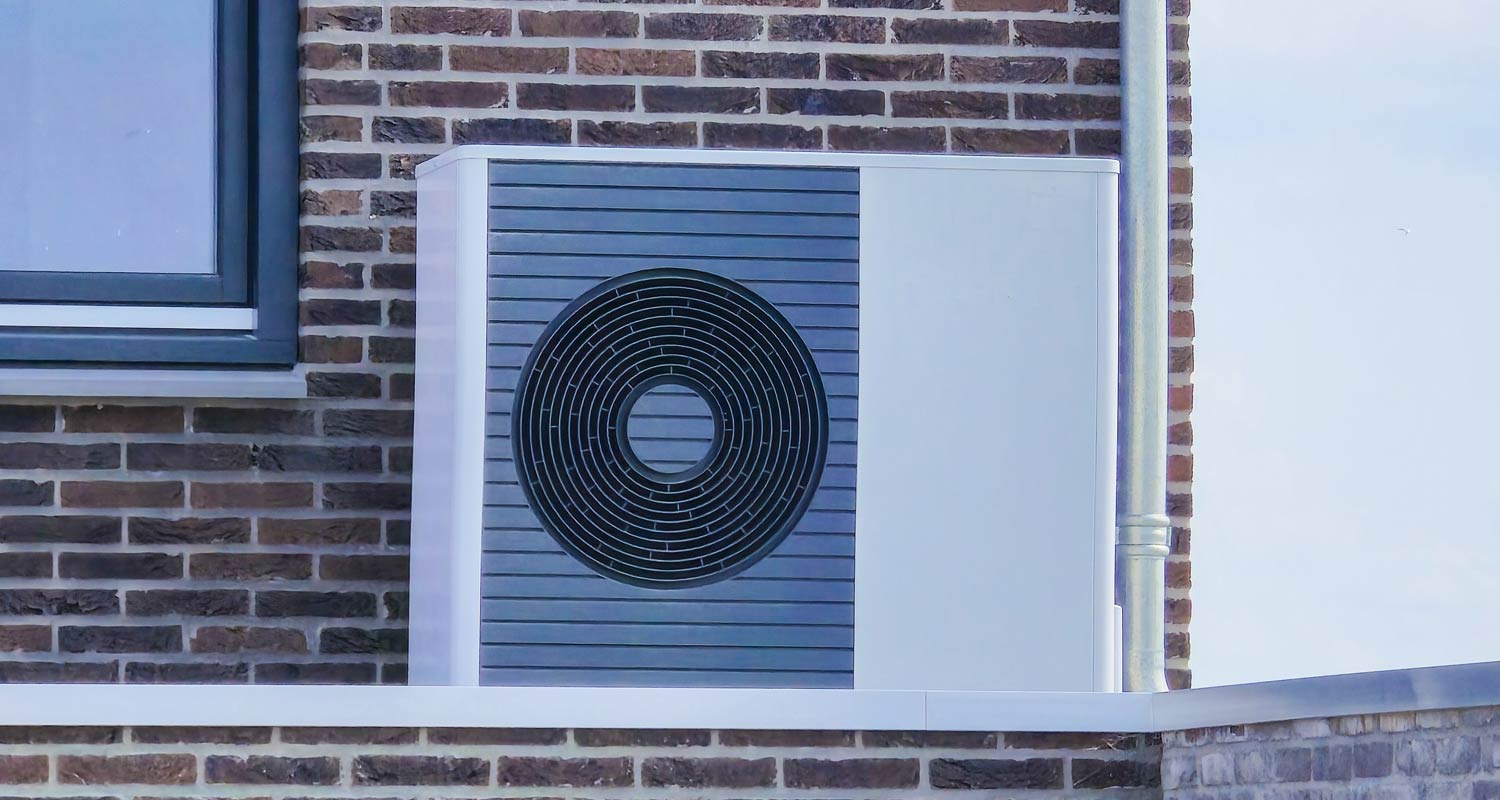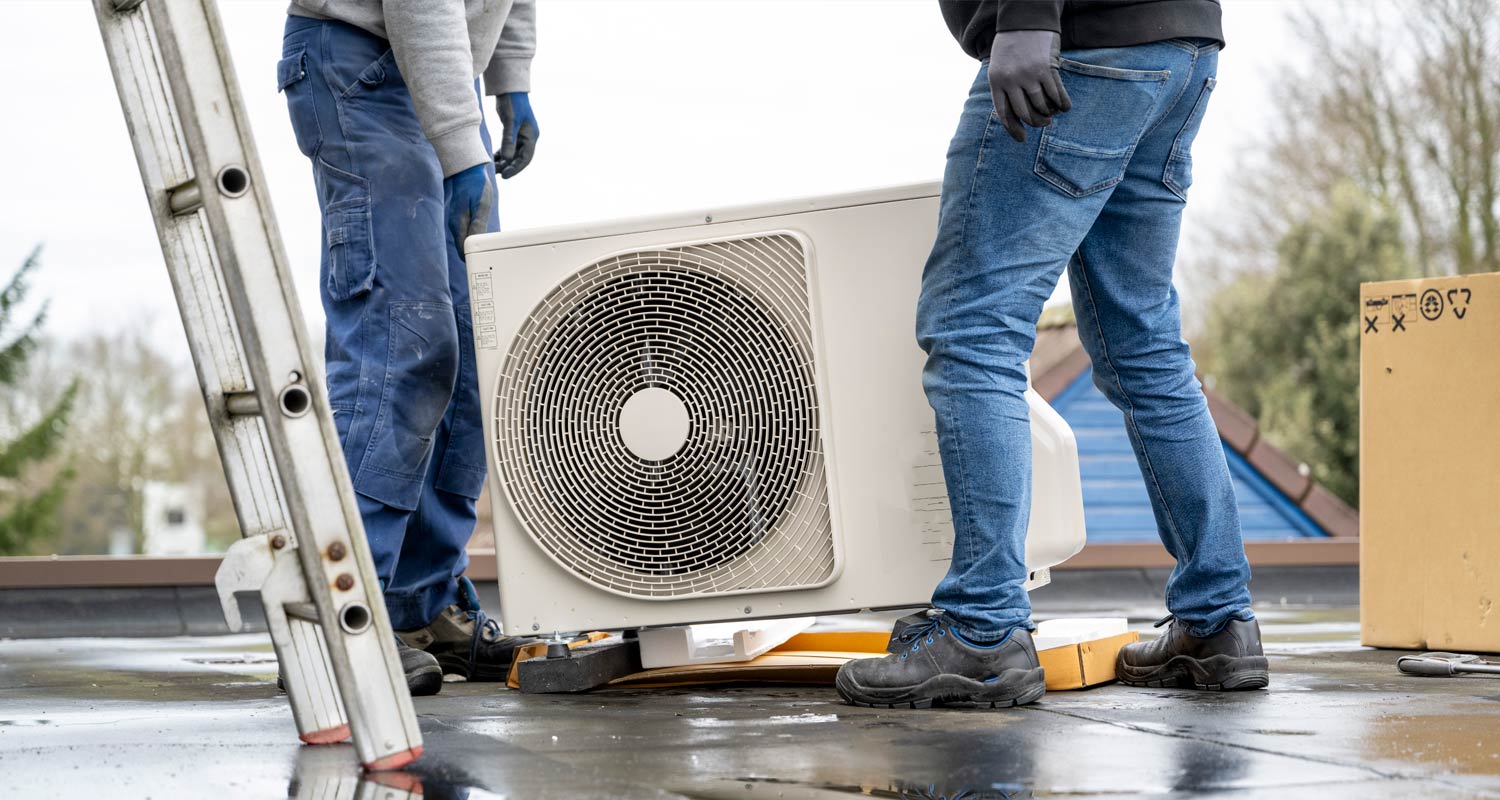 South Africa has marked 120 days – nearly 4 months – with out load shedding, which means the nation’s electrical energy era is outstripping demand from households and companies.
South Africa has marked 120 days – nearly 4 months – with out load shedding, which means the nation’s electrical energy era is outstripping demand from households and companies.
However a brand new downside has reared its head, main native municipalities to implement deliberate outages throughout peak instances that aren’t dissimilar to load shedding schedules.
This so-called “load discount” is a grid constraint downside, the place native infrastructure – akin to cabling and transformers – can’t deal with the load on the system. Since geysers are a significant contributor to peak demand hundreds, extra environment friendly warmth pumps current another that may scale back hundreds whereas making certain households have sizzling water.
“Grids are failing due to all of the geysers approaching on the identical or related instances,” stated Metrowatt CEO David Neale in an interview. “Load spikes are sometimes within the morning and early night when sizzling water is required for showers and different family makes use of. A typical geyser attracts round 3kW of vitality, and warmth pumps solely want a few quarter of that.”
“If everyone had warmth pumps you would scale back spike hundreds and defend the grid,” Neale stated.
In a geyser, a component is heated and the warmth is then transferred to the encircling water. A warmth pump, then again, works in the identical approach as a fridge or air conditioner by shifting warmth from one place to a different.
Within the case of a fridge, warmth from contained in the unit is moved into the skin world – that’s the reason the again of a fridge is normally sizzling.
Reversed
This course of is reversed in a warmth pump, the place warmth from the skin world is transferred right into a reservoir containing water.
Theoretically, the reservoir is usually a mere container, however in follow a geyser is used as a result of normally there’s already one put in when the warmth pump is put in. Additionally, the heating ingredient contained in the geyser acts a backup within the occasion of a fault with the warmth pump.
Since warmth pumps solely redirect warmth as an alternative of producing it, they’re extra environment friendly the warmer the local weather through which they function, making them appropriate for South Africa’s heat summers.
Learn: South Africa defends 10% obligation on photo voltaic panel imports
Based on Neale, though warmth pumps are rather less environment friendly in winter, they’re nonetheless efficient. Regardless of their effectivity advantages, nonetheless, warmth pumps are struggling to realize traction within the native market. Neale stated it is because they’re comparatively costly and aren’t easy to put in.
“It’s a hefty capital funding,” he stated. “We see this with many merchandise in South Africa, simply as we do with photo voltaic: folks don’t essentially have the capital. There may be additionally some engineering or construct threat concerned, and since warmth pumps are new, few are keen to lose cash getting it unsuitable.”
 Neale stated South African regulators can play a significant position in incentivising the roll-out of warmth pumps to households utilizing a cash-back incentive, for instance, however coverage uncertainty makes it unlikely that they may. He cited nationwide treasury’s backtracking on photo voltaic panel tax rebates for example, the place a 25% incentive was given to households in a single yr just for a ten% import obligation to be slapped on importers the following yr.
Neale stated South African regulators can play a significant position in incentivising the roll-out of warmth pumps to households utilizing a cash-back incentive, for instance, however coverage uncertainty makes it unlikely that they may. He cited nationwide treasury’s backtracking on photo voltaic panel tax rebates for example, the place a 25% incentive was given to households in a single yr just for a ten% import obligation to be slapped on importers the following yr.
Issues limiting warmth pump adoption aren’t distinctive to South Africa.
“Additional coverage assist and technical innovation are wanted, particularly to scale back upfront buy and set up prices, take away market boundaries to advanced renovations, enhance vitality efficiency and sturdiness, and exploit the potential of warmth pumps as an enabler of energy system integration and adaptability,” stated the Worldwide Vitality Affiliation (IEA) in its The Way forward for Warmth Pumps report, printed in December 2022.
Adoption charges are a lot greater in colder environments the place residence heating necessities are extra onerous. The IEA stated that in Europe, warmth pumps loved a document yr in 2022, with gross sales rising practically 40%. Specifically, gross sales of air-to-water fashions, that are appropriate with radiators and underfloor heating techniques, jumped by nearly 50%, it stated.
Neale stated that as a result of the skin temperatures in some European nations are low, air-to-water techniques are proving to be much less efficient there and geothermal options are gaining extra traction in consequence.
In South Africa, warmth pumps are largely used as geysers or to warmth swimming pools. Warmth pump effectivity is measured in “coefficient of efficiency” (COP) rankings, with many in South Africa averaging round three and 4, stated Neale.
Effectivity
A COP worth of 1 implies that 100% of the electrical energy enter is used to warmth the water. Geysers are usually assumed to have a COP worth of 1, however in actuality losses in warmth switch imply the true worth is normally barely under that.
A COP worth of three denotes 300% effectivity, in different phrases, the warmth pump makes use of a 3rd of the electrical energy utilized by a geyser to warmth water to the identical temperature. Put one other approach, the warmth pump generates 3 times extra vitality within the type of warmth because the electrical energy used to energy it.
Based on Neale, when used to warmth swimming swimming pools, warmth pumps sometimes output six instances the effectivity.
Learn: South Africa to get its first fleet of electrical buses
However utilizing warmth pumps does include a couple of caveats. For one, Neale stated, they require common upkeep in the identical approach air conditioners do. The copper fins used as a warmth alternate on the again of the unit have to be saved clear and the gasoline must be checked and refilled.
One other vital issue to notice is that warmth pumps are solely environment friendly as much as sure temperatures, and Neale suggested house owners of those gadgets to concentrate and make sure that they hold their utilization throughout the optimum vary to grasp actual financial savings. Sometimes, that is between 50ºC and 55ºC, he stated. He estimated the common yearly upkeep to value round R800.
 “I’ve seen some producers declare their warmth pumps are optimum at 60ºC or 65ºC, however I might not put a lot credence in these claims,” stated Neale.
“I’ve seen some producers declare their warmth pumps are optimum at 60ºC or 65ºC, however I might not put a lot credence in these claims,” stated Neale.
Most warmth pumps bought right now have a built-in good administration module that may handle how they perform. If the warmth pump is about to say, 55ºC, the heating ingredient within the geyser will likely be used to get the water temperature as much as 60ºC within the colder winter months when hotter water is extra fascinating.
Neale stated warmth pumps are most suited to giant water reservoirs – as in a single giant geyser or a system the place two geysers are positioned subsequent to one another and so they serve the complete family. Warmth pumps make much less monetary sense if the geysers in a house are small and much from each other, or if little water is used.
“Should you solely use 4KWh/day on heating water, then the financial savings are marginal, however in case you use, say, 20kWh/day, then a warmth pump is a no brainer: it can pay for itself in 18 months and final you 10 years or extra.” — © 2024 NewsCentral Media